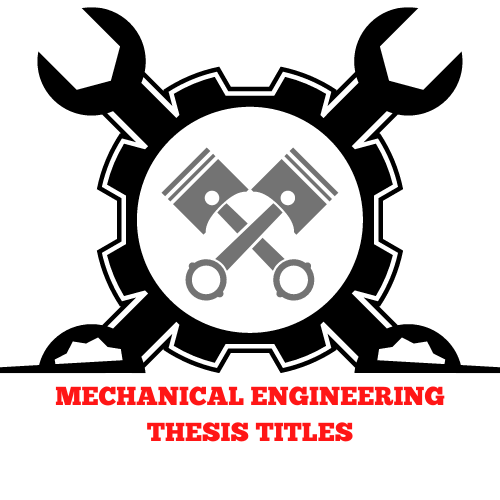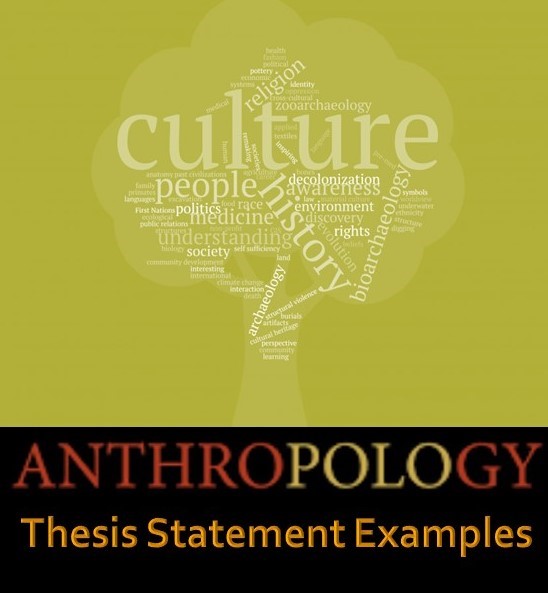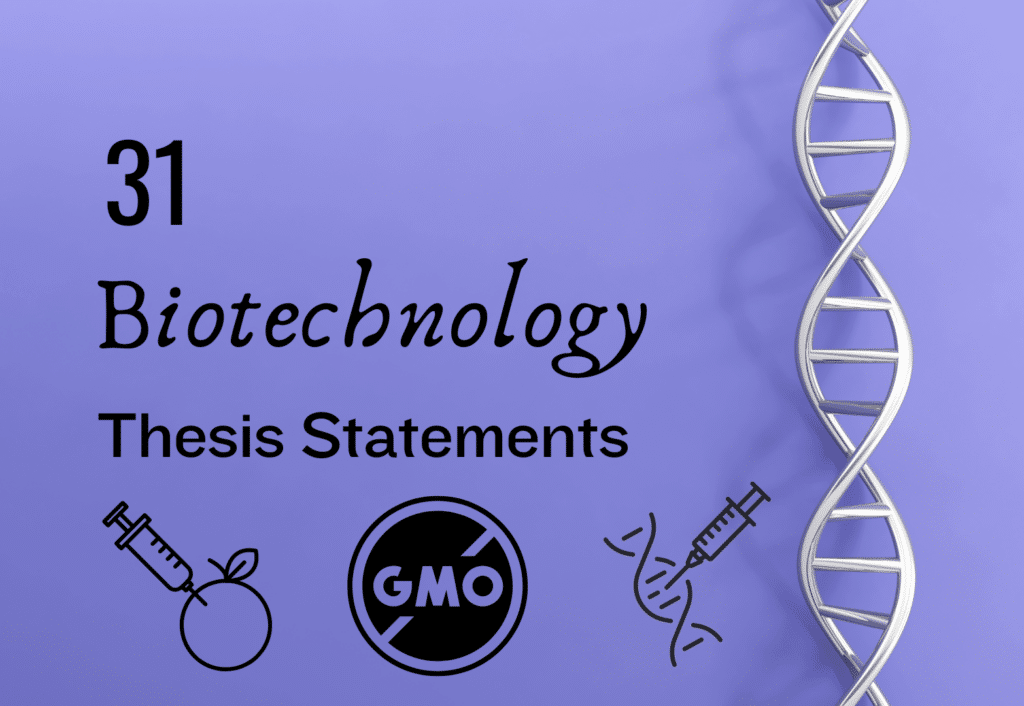1: DIGITAL TWIN FOR INTEGRATION OF DESIGN- MANUFACTURING – MAINTENANCE
Digital twin systems provide design-manufacturing-maintenance platforms that are unified and intelligent in that processes can be inferred and risks mitigated. Creating a digital twin follows a series of steps. First, a blueprint for its functionality is outlined. Second, the digital base twin is developed using AR tools such as IoT and 3D visualizations. Third, the digital environment is scaled to capture the physical environment. Finally, its capability is refined through navigation nodes built by machine learning and AI.
TOPIC 2: 3D PRINTING INFRASTRUCTURE FOR DATA MANAGEMENT AND CLOUD-BASED ADDITIVE MANUFACTURING
3D printing processes are efficient in providing cheap, quick and versatile manufacturing. The 3D printing process starts with a CAD model designed using 3D software such as Maya, ZBrush and Houdini. An STL (3MF File) is generated and transformed into a G-code, which is fed to a 3D printer for part printing.
TOPIC 3: CFD ANALYSIS OF TROMBE WALLS
Unlike traditional walls, Trombe walls are exposed to the sun and used as solar thermal collectors to provide clean energy during cold winters. To analyze the performance of Trombe walls and their characteristics, a commercial CFD package such as SolidWorks is used to carry out the CFD analysis. Theoretical models will then be used to validate the CFD analysis.
TOPIC 4: CHARACTERIZATION OF FLOW AROUND A TIDAL ENERGY PLATFORM
With increasing energy demand, alternative energy sources such as floating tidal energy devices are gaining popularity. The project simulates and investigates water flow around a simplified tidal energy prototype and compares the results obtained to existing data to determine the efficiency and practicability of tidal energy sources.
TOPIC 5: INVESTIGATING THE APPLICATION OF IOT IN AUTONOMOUS AND CONNECTED VEHICLES
The Internet of Things is the connection of devices to the cloud to share data and enhance the users’ experience. Connecting an automobile to the IoT enables autonomous functioning as directions and mapping can be obtained using information collected from sensors. An analysis of IoT as related to automobiles involves analyzing the technologies such as DSRC, radar and 5G used in adaptive cruise control and different automation levels to conclude their pros and cons.
TOPIC 6: EVALUATION OF ALTERNATIVE LIQUID FUELS IN THE INTERNAL COMBUSTION OF AUTOMOBILES
Combustion of fuels, when not efficient, results in pollution and fuel wastage. With increasing sustainability efforts globally, alternative liquid fuels are being adopted. This investigation is done to determine the effect of alternative fuels (such as Di Methyl Ether, methanol and alcohol) on the combustion characteristics of an automobile, the environmental impact through emissions and their compatibility.
TOPIC 7: MANAGEMENT OF ALUMINIUM WASTE
Many products are made of aluminium (from cans to electrical wires), making it the most used metal. This project is aimed at recycling aluminium cans. The process focuses on turning the waste cans into powder. To do this, a low-cost copula mini furnace is designed using SolidWorks software and fabricated to heat aluminium. Atomizers are added to the furnace to create a powder, which is easier to recycle and dispose of.
TOPIC 8: INTERACTION BETWEEN FLUID, ACOUSTICS AND VIBRATIONS
Vibrations determine most designs, fluids power most actuators (pneumatic and hydraulic), and acoustics is how we interact with sound waves. This project focuses on the interaction of these three aspects (creating a vibration on a structural object carrying a fluid creates sound waves) and how they travel and can be harnessed. Understanding this interaction is useful for advancing other fields, such as energy collection and materials.
TOPIC 9: INVESTIGATION OF PHOTOVOLTAIC-THERMAL SYSTEMS FOR BUILDING, HEATING AND POWER SUPPLY
The project is focused on designing and analyzing a PVT system that can be installed in buildings. These units installed in buildings should facilitate driven heat, power generation, and supply. First, a conceptual design of the system will be constructed, followed by computer modelling and optimization of the system and finally, an analysis of the system’s environmental and economic benefits and energy-saving capabilities.
TOPIC 10: QUADCOPTER BLADE DESIGN AND OPTIMIZATION
The CFD method is used to design and optimize the quadcopter blade. ANSYS Workbench (Space Claim and FLUENT) package is used for the CAD design generation as it offers a range of areas where analysis can be carried out on the design. The 3D model of the design of the blade is created using a 3D printer. This design is the prototype that will be used in the analysis and optimization.
TOPIC 11: INVESTIGATION OF ACOUSTIC PERFORMANCE OF AN INDUSTRIAL EXPANSION SILENCER
This is also called a transmission line fitter. In this project, an industrial expansion silencer is designed to effectively block out background noise with an expansion length (L) that peaks at odd quarter-wavelength frequencies and zeros at even half-wavelength frequencies. Additionally, acoustic wave interference phenomena are investigated as it affects the expansion chamber’s performance.
TOPIC 12: INVESTIGATION OF ACOUSTIC PERFORMANCE OF COMBUSTION CHAMBER LINERS
The main cause of combustion noise and, by extension, combustion instabilities (which decrease engine performance, increase vibrations and increase engine failure rate) is the interactions between combustion liners and air flows. An investigation on how to reduce noise levels, increase combustion efficiency and gas turbine combustion chamber lifespan is a much-needed development.
TOPIC 13: DESIGN OPTIMIZATION OF A CENTRIFUGAL PUMP USING CFD
Centrifugal pumps are widely used, requiring optimization for high pressure, high heat and chemically toxic environments. A study on optimizing the centrifugal pump through computational fluid dynamics lowers cavitation and failure rates while in use. For this analysis, the ANSYS workbench is used for simulating and optimizing at saturation points
TOPIC 14: COMBUSTION AND ENERGY SYSTEMS
Combustion is often needed to provide the energy required by various systems. This research aims to identify and improve the relationship between combustion and energy systems.
TOPIC 15: CFD ANALYSIS OF A MASTER CYLINDER
The master cylinder is a major component that determines the performance and efficiency of many machines. In this research project, the master cylinder is designed using CATIA V5 software and analyzed using ANSYS 16.2. Based on stress and pressure responses, a construction material is chosen. The properties of the cylinder are also examined. Finally, its uses in mechanical engineering will be explained.
TOPIC 16: MODELLING THE PROPERTIES OF AND MANUFACTURING A PEARLITIC RAIL STEEL 900A
This study will investigate the potential of modified Pearlitic rail steel of grade 900A in the rail industry. It will examine how the structure’s tensile strength, load capacity, and impact resistance may be altered. Additionally, the RVE model (representative volume elements) is used to determine the impact of the bainitic phase on its properties by identifying its microstructural characteristics.
TOPIC 17: A CFD ANALYSIS OF WELLBORE FLOW BEHAVIOR NEAR A HYDROCARBON RESERVOIR
Fluid flow from a hydrocarbon reservoir to a wellbore is complex as both pressure and flow rates change over time. This research used CFD to understand the radially symmetric flow dynamics from a hydrocarbon reservoir to a wellbore. The nonlinear flow from the wellbore is analyzed using 3D Navier-Stokes equations. Both velocity and pressure are coupled into one system and solved using the algebraic multigrid method. The Darcy model for the reservoir flow and the pressure diffusivity equations are used to verify the CFD. The inflow performance relations curve analyses the flow through the wellbore.
TOPIC 18: DESIGNING OF A DYNAMIC ANKLE FOOT ORTHOSIS
Ankle foot orthoses aid the rehabilitation of feet after suffering from drop foot as it facilitates a range of motion in the ankle joint, including flexion, abduction, extension, and adduction. The customization of this orthosis involves scanning technologies and geometry acquisition, custom designing using 3D software, design and finite element analysis, gait analysis, 3D printing or other additive manufacturing, mechanical testing and functional evaluation. Controllable from a distance, the gadget will use an electric motor to move in the desired direction.
TOPIC 19: DESIGN AND ANALYSIS OF METAL PODS UNDER DEEP SEA
In this research, a remotely operated deep-sea pod used to transport study and exploratory equipment below the ocean surface to its floor is designed using Siemens NX, fabricated using 17-4 PH stainless steel of grade H900 and analyzed using ANSYS workbench.
TOPIC 20: USING CFD TECHNIQUES TO DESIGN AN ENERGY-EFFICIENT HVAC SYSTEM
Heating, Ventilation and Airconditioning systems are central to many structures as they maintain optimal temperatures and ensure air circulation. As these systems consume a lot of energy, this project aims at improving their efficiency. The 3D model is done using SolidWorks, while the CFD simulations are carried out in ANSYS CFX.
TOPIC 21: DESIGN OPTIMIZATION OF A SHELL AND TUBE HEAT EXCHANGER
This study examines how baffles influence heat transmission in a shell and tube design. SolidWorks is used for 3D CAD modelling and ANSYS for CDF analysis.
TOPIC 22: THE STRESS ANALYSIS OF TWIN-SCREW GAS COMPRESSOR’S COMPONENTS
The project aims to determine the stress pattern or characteristics of the different components that make up the twin-screw gas compressor. These patterns are determined by carrying out a finite element analysis of the gas compressor. Once analysis is complete, a more efficient model will be proposed to increase the compressor’s life span.
TOPIC 23: STRESS ANALYSIS ON SCROLL COMPRESSOR COMPONENTS
As a scroll compressor is exposed to pressure and heat deformations while in operation, its structural and mechanical analysis is vital in design and fabrication. In this project, this analysis is carried out using CAE, such as ANSYS and NX. This ensures the optimization of the design.
TOPIC 24: CFD ANALYSIS OF AERODYNAMIC BRAKES IN RACE CARS
The aerodynamic braking system is installed in race cars as a flab attached to the bonnet. The flab is retractable and only operational when braking by increasing the drag force. Detailed analysis of the aerodynamics of a race car in relation to the brake (flab) performance improvement will be carried out using CFD.
TOPIC 25: HOUSE HEATING BY SOLAR ENERGY
House heating in cold regions accounts for up to 30% of the national energy, thus resulting in high carbon emissions for fossil fuel-dependent countries. Solar panels are used to reduce the resultant carbon print. To install a solar home heating system, one needs a simple, cost-effective, easy-to-clean and easy-to-install design.




